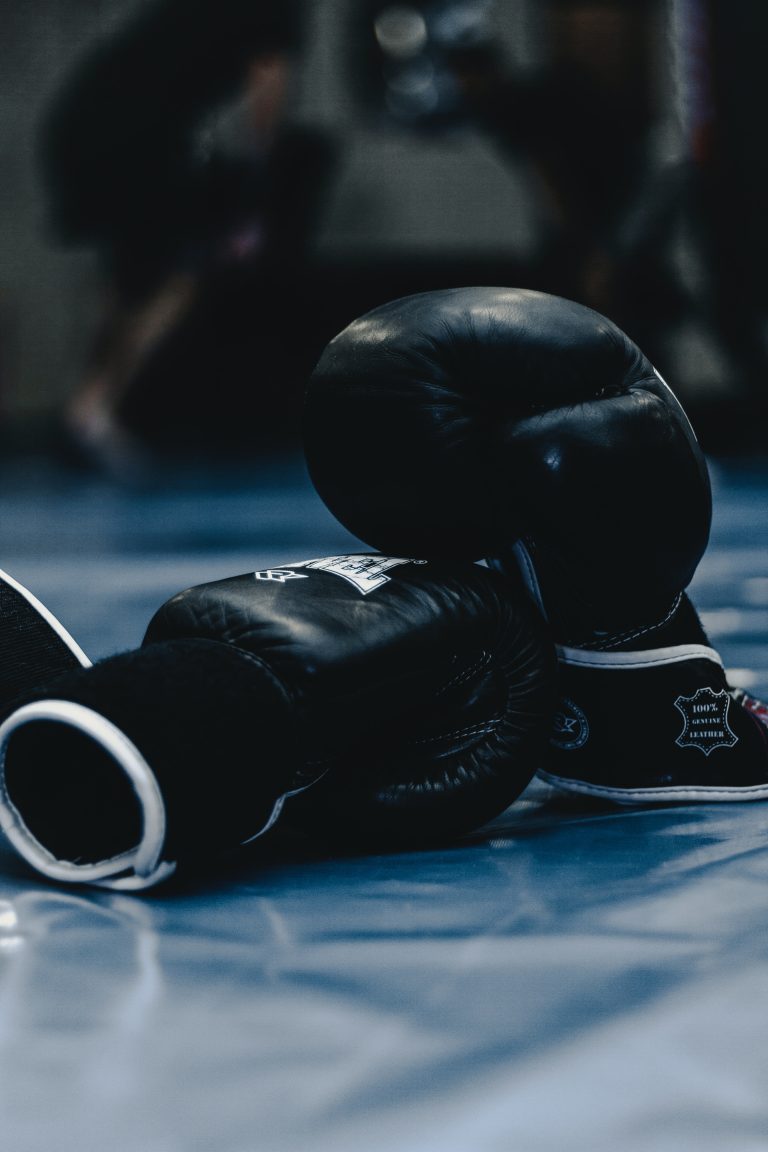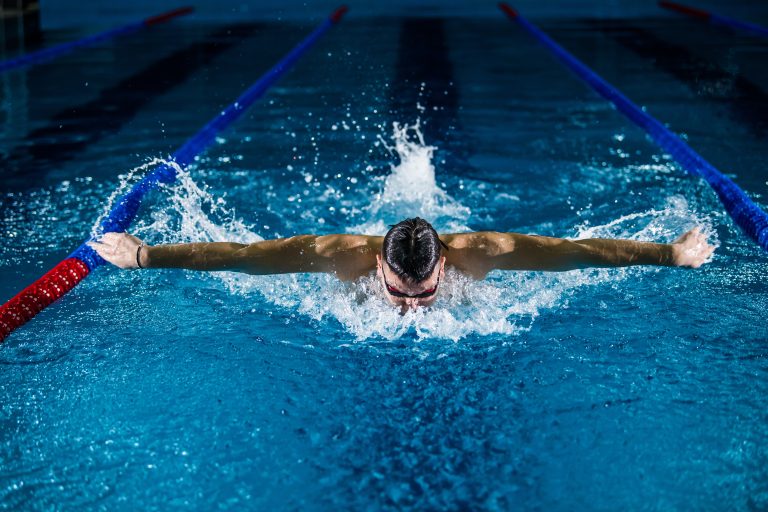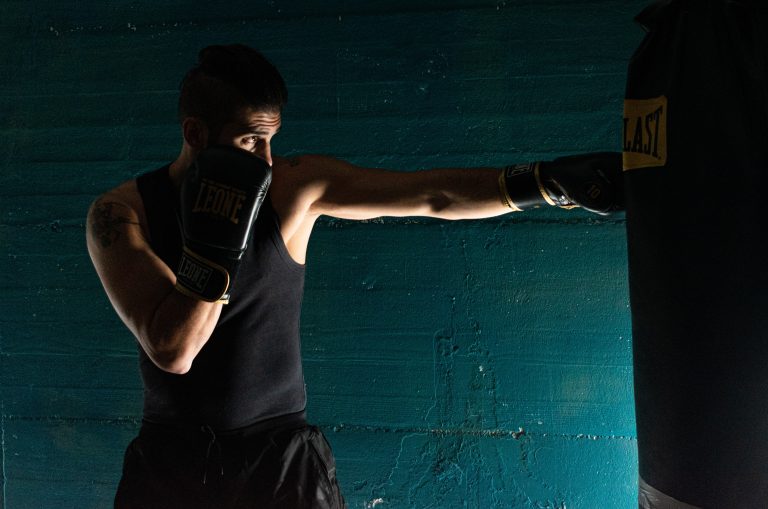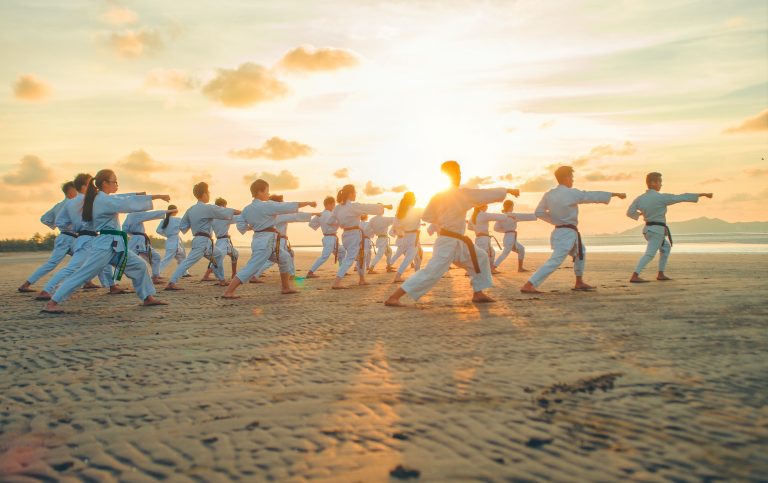What are the Benefits and Drawbacks of Training in Karate?
Karate is an ancient martial art that has withstood the test of time to become one of the world’s most popularly practiced combat sports today. It combines discipline, agility, and strategic thinking to create a varied and effective form of self-defense. From ages 5 and up, anyone can take up martial arts and jump into the world of karate.
But while karate has several benefits, there can also be some drawbacks that must be considered when deciding whether this sport is right for you. In this blog post, we’ll explore the advantages and disadvantages of training in karate, allowing you to make an informed decision about whether or not it’s a good fit for your lifestyle.
Advantages of Training in Karate
The advantages of learning karate far outweigh any potential disadvantages, and the benefits you can receive from taking part in this ancient martial art are many. Below are some of the key benefits that come from just a few months of training in karate:
1. Improved Focus and Attention Span
Karate can help improve concentration over time, by reinforcing mindful movements to engage the body and the mind. As you learn intricate stances and techniques, your movements become sharper, with greater precision and control. This can also help to improve your focus in day-to-day life when it comes to achieving long-term goals or paying attention to minor details.
2. Improved Self-Confidence
Through karate training, practitioners learn integrity and discipline, which builds self-confidence and cultivates a sense of personal responsibility that can spill over into other areas of life. It also increases your physical strength and stamina, which can lead to greater self-respect and a better sense of pride.
3. Increased Strength and Stamina
As mentioned above, karate can also increase strength and stamina in ways that other types of exercises couldn’t. It targets every muscle in the body and that helps develop strength, agility, coordination, and flexibility – all of which can enhance physical performance.
4. Improved Balance
Many aspects of karate rely on balance and coordination, so it’s only natural that training in karate can improve these skills. Balance can be improved by practicing stances that require both mental concentration and physical precision, as well as different kicks and strikes that must be performed with proper form. This can help you increase dexterity in everyday tasks as well.
5. Taught Self-Defense
Probably one of the biggest advantages of learning karate is the fact that it provides you with a form of self-defense should you ever need it. The discipline you’ll gain from training will also improve your situational awareness, giving you a better chance of avoiding potentially dangerous situations before they ever happen.
Disadvantages of Training in Karate
While the benefits greatly outweigh any drawbacks for most people, there are still some potential drawbacks associated with taking on karate sessions. Let’s take a closer look at them below so that you can make an informed decision:
1. Time Consuming
One potential drawback of training in karate is that it can be quite time-consuming. Not only do you need to factor in travel time to and from sessions if you take part in classes, but if you decide to set up a practice space at home, you need to factor in enough time to practice regularly to see results. Depending on your schedule and lifestyle, this could be difficult to achieve over time.
2. High Injury Risk
Although martial arts classes should always prioritize safety, martial arts can still be a dangerous activity as there is a high risk of injury when sparring or practicing techniques without proper supervision or training. There is an increased risk of sprains or strains due to incorrect technique or overexertion during practice, so it’s important to prioritize safety when training in karate.
3. Expensive Equipment Costs
Those who plan to commit fully to their karate training need to factor in their equipment costs as well. Depending on which school or club you choose to join, these costs could range from inexpensive protective gear for casual training to costly competition-level protective gear if you plan on taking part in competitions. In either case, you may also need to consider costs for basic sparring tools such as gloves, shin guards, and even uniforms.
4. Difficulty Mastering Techniques
Another potential disadvantage is that learning some of the more advanced techniques such as blocks or throws can be difficult to master due to their complexity. Depending on the level of commitments that you have, there’s no guarantee that you will master any certain technique within a certain amount of time, meaning practice may be required over an extended period of time to see results.
Conclusion
Whether or not you decide to take part in karate training ultimately depends on your own lifestyle and preferences – but now that you know the advantages and disadvantages associated with it, you can make an informed decision about whether or not it’s the right activity for you or someone else in your life. For those looking for increased strength, agility and improved self-confidence, then karate may just be the perfect activiy for you!
Ultimately, no matter which martial art or activity that you decide to take part in, always ensure that safety is your top priority at all times. Take care when practicing difficult and advanced moves and make sure that your instructor is present to give guidance when necessary if you choose to spar or compete. Good luck and have fun!
What are the Benefits and Drawbacks of Training in Karate?
Karate is a martial art that originated in Japan and has become popular all over the world. It is a practice that involves physical training, discipline, and mental focus. Karate is a great way to improve one’s health, fitness, and self-defense skills. However, like any other activity, it has its benefits and drawbacks. In this blog post, we will address some of the most frequently asked questions about the benefits and drawbacks of training in Karate.
Benefits of Training in Karate
1. Physical Fitness
Karate training involves a lot of physical movements such as kicks, punches, and movements that require balance, speed, and agility. This kind of training can be a total body workout. As a practitioner, you may develop stronger muscles, improve your cardiorespiratory endurance, and overall fitness level.
2. Self-Defense
Karate is a self-defense martial art. Its techniques are designed to defend oneself against an attacker. As a practitioner, you will learn how to defend yourself in real-world situations effectively. By mastering the art of Karate, you will develop the skills and confidence to protect yourself and others if the need arises.
3. Mental Focus
Karate involves mental training as well. You need to be focused on breathing techniques, body posture, and maintaining eye contact with your opponent to carry out your moves successfully. This kind of practice can enhance one’s mental focus and discipline, which can be beneficial in other areas of life such as school, work, and personal relationships.
4. Character Development
Karate training involves learning about respect, humility, and discipline. These values are essential for practitioners to follow, both on and off the mat. By practicing Karate, practitioners can develop a sense of respect, selflessness, and perseverance.
5. Camaraderie and Community
Karate is often taught in group classes. Practitioners can develop lifelong friendships and a sense of community, contributing to one’s social well-being. Also, having a sense of camaraderie can help as a support system whenever a practitioner encounters challenges.
Drawbacks of Training in Karate
1. Risk of Injury
Karate involves a lot of physical movements, and sometimes accidents happen. The risk of injury increases when training is not conducted in a safe environment or when proper protective gear is not used.
2. Cost of Training
Karate training can be costly, particularly for those who wish to pursue it professionally. The cost of uniforms, training equipment, and tournament entry fees can add up, preventing some people from enjoying the art.
3. Time-consuming
Karate training requires significant time commitments, which may not appeal to everyone. Also, learning the skills and techniques requires patience, perseverance, and dedication.
4. Emotional stress
Karate training can be emotionally taxing, particularly when the practitioner is unable to perform as expected. Practitioners can experience feelings of frustration, disappointment, or low self-esteem, hindering them from developing further in Karate.
5. Not Everyone’s Cup of Tea
Karate might not appeal to everyone. Many people might have an aversion to violent confrontations and competitive matches. Others may prefer other types of martial arts that better fit their interests, personalities, or objectives.
Closing Thoughts
In conclusion, Karate is a martial art that has both benefits and drawbacks. However, the benefits of Karate training outweigh the drawbacks. Karate can help individuals improve their physical fitness, self-defense skills, mental focus, character development, and social connection. Although there are potential drawbacks, such as risk of injury, cost, emotional stress, training time, and personal preferences, the benefits of Karate training can still be fulfilling and life-changing. Anyone who wants to take Karate training must evaluate these factors to decide for themselves whether it’s the right choice for them.
Inhaltsverzeichnis






